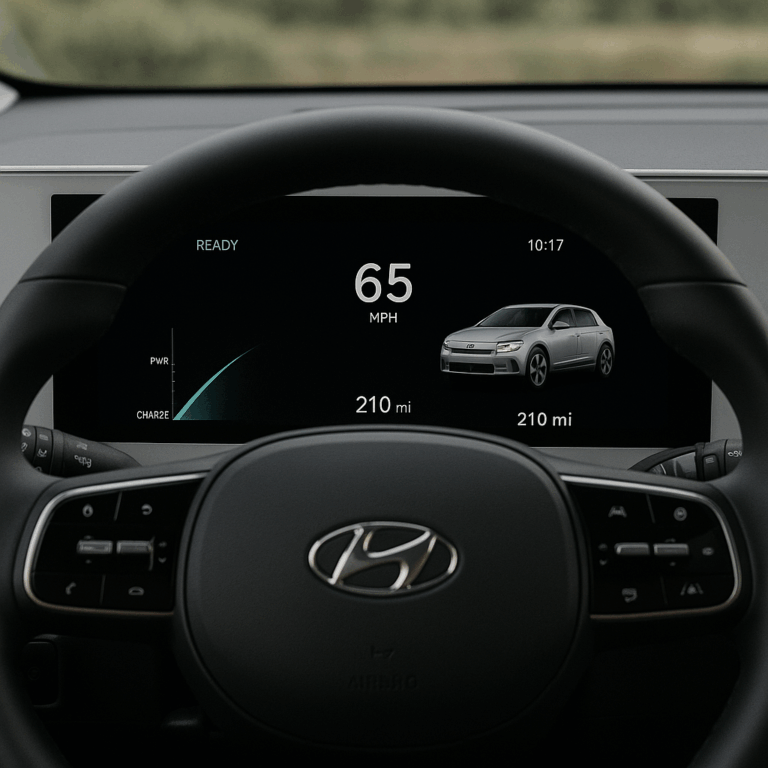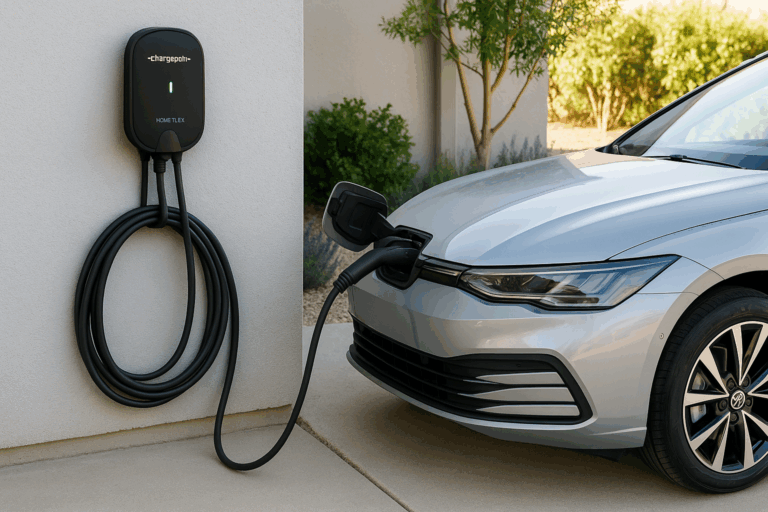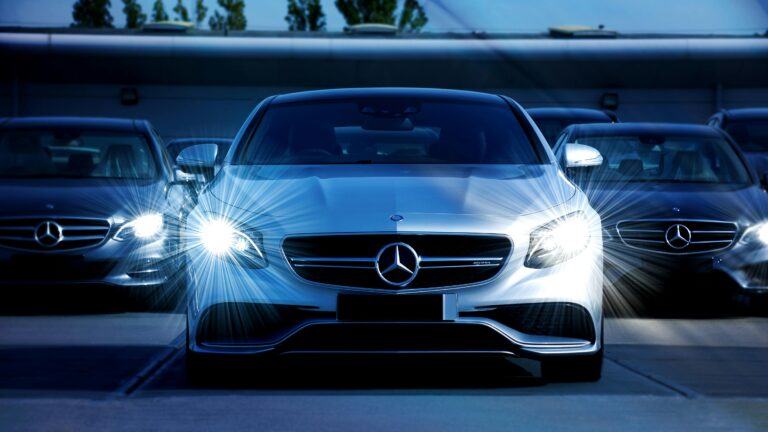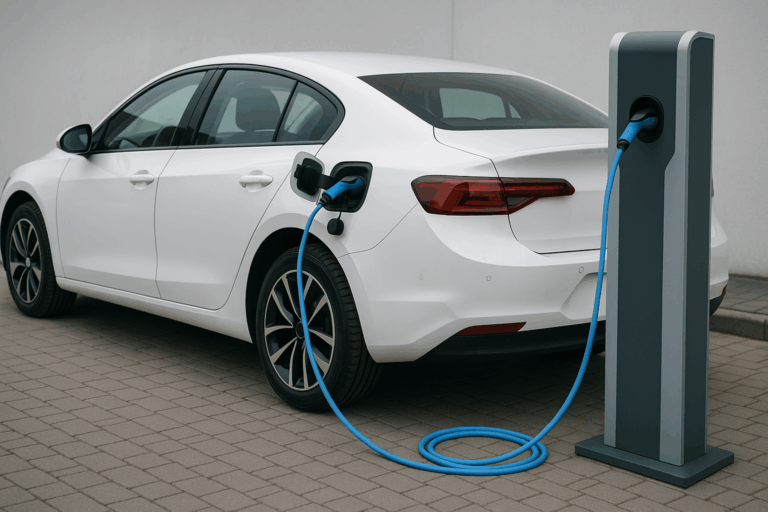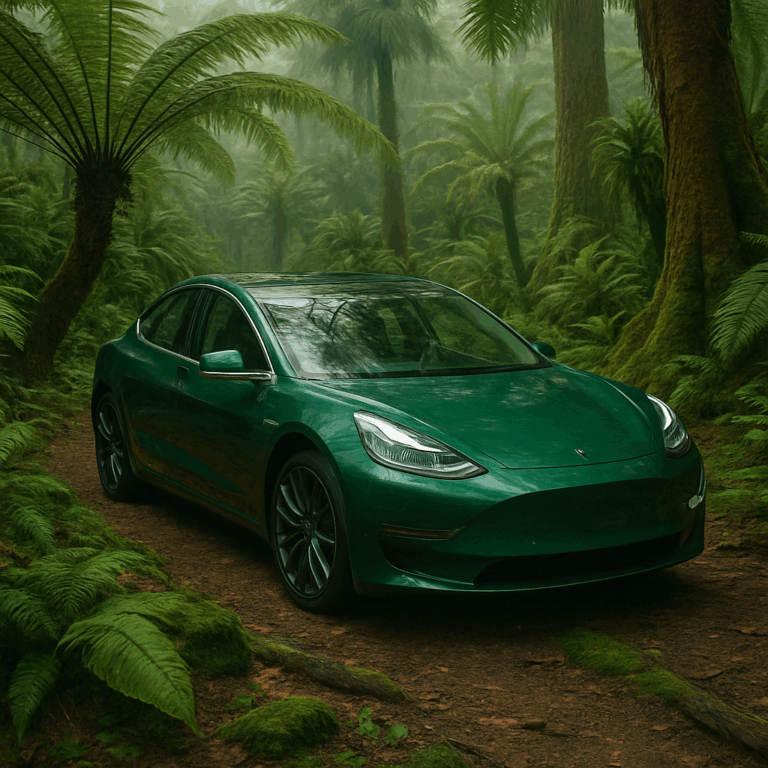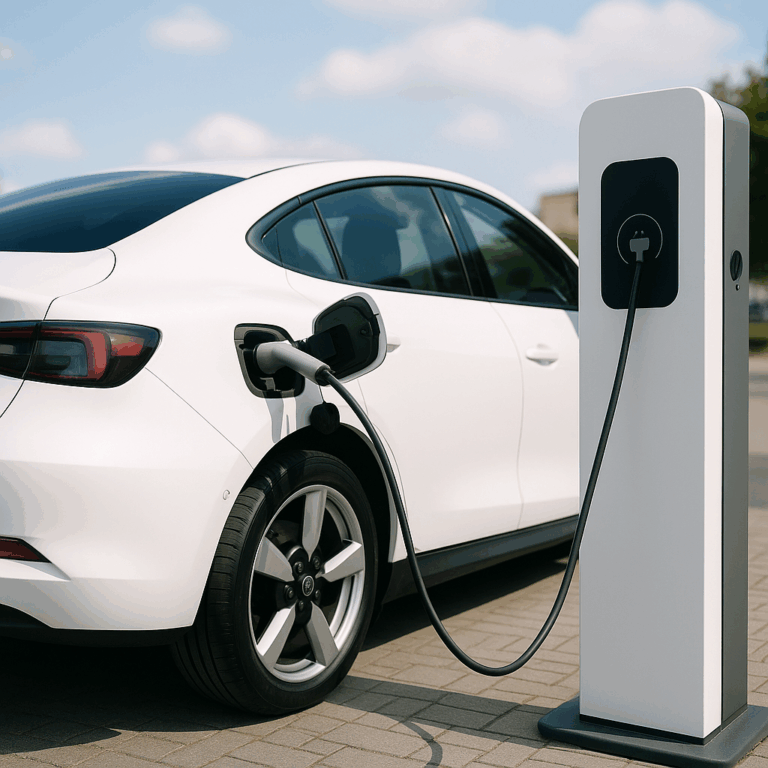How Far Can You Really Drive an EV? (And Why Your Battery’s Mood Swings Matter)
Let’s be honest: one of the first things people ask when they hear you bought an electric car is:
“Cool, but how far can it actually go?”

It’s always said with that look. Like they’re imagining you stranded in the middle of nowhere, begging a cow for a wall socket.
And yeah, that question is valid. Because the truth is… the range EVs say they have and what you actually get? Often two very different things.
So let’s talk about what really affects EV range. The real-world stuff. No fluff. No lab conditions. Just the reality of driving an electric car—whether you’re a calm Sunday cruiser or someone who treats every stoplight like it’s the start of a Formula 1 race.
🚘 EV Range: Fantasy vs. Reality
When you first check out an EV, you’ll see numbers like “Up to 370 miles on a full charge!” printed everywhere—from brochures to websites to the car window sticker.
But here’s the thing: those numbers are ideal conditions. Think:
- Mild weather,
- Flat roads,
- Steady speed,
- No heater or AC blasting,
- No kids screaming in the back asking for the iPad charger (which, by the way, does pull energy too).
Real life isn’t that neat.
❄️ Cold Weather Changes Everything
Let’s talk winter.
If you live somewhere like Michigan or Oslo or anywhere with actual seasons, brace yourself. Cold weather affects EV range a lot.
One new Ioniq 6 owner from Minneapolis told me this:
“In the summer I was cruising with 330 miles. In winter? More like 180. And that’s if I didn’t blast the heat like a psychopath.”
Here’s why: batteries don’t like the cold. They’re chemical machines. And just like you move slower when it’s freezing out, your battery does too. Plus, heating the car cabin uses up battery power—sometimes a lot.
The fix? Preheat your EV while it’s still plugged in. Warm it up using your house’s electricity, not the battery. And if your car has heated seats or a heated steering wheel, use them. They’re way more efficient than trying to heat the entire cabin.
🏎️ Your Driving Style Definitely Matters
Another big range killer? You.
Yep, how you drive makes a huge difference.
If you drive fast, floor it at every green light, and love passing people like you’re chasing a trophy—you’ll burn through your battery way faster.
One guy I met at a charger in Arizona said it best:
“I treat my Tesla like a spaceship. But it punishes me for that behavior later when I’m limping to the next Supercharger with 4% left.”
Slower speeds = better range. EVs love calm, consistent driving. Highways, especially at high speeds (75mph+), actually drain the battery faster than city driving because there’s no chance to regenerate energy from braking.
🔋 So… What’s the Real-World Range Like?
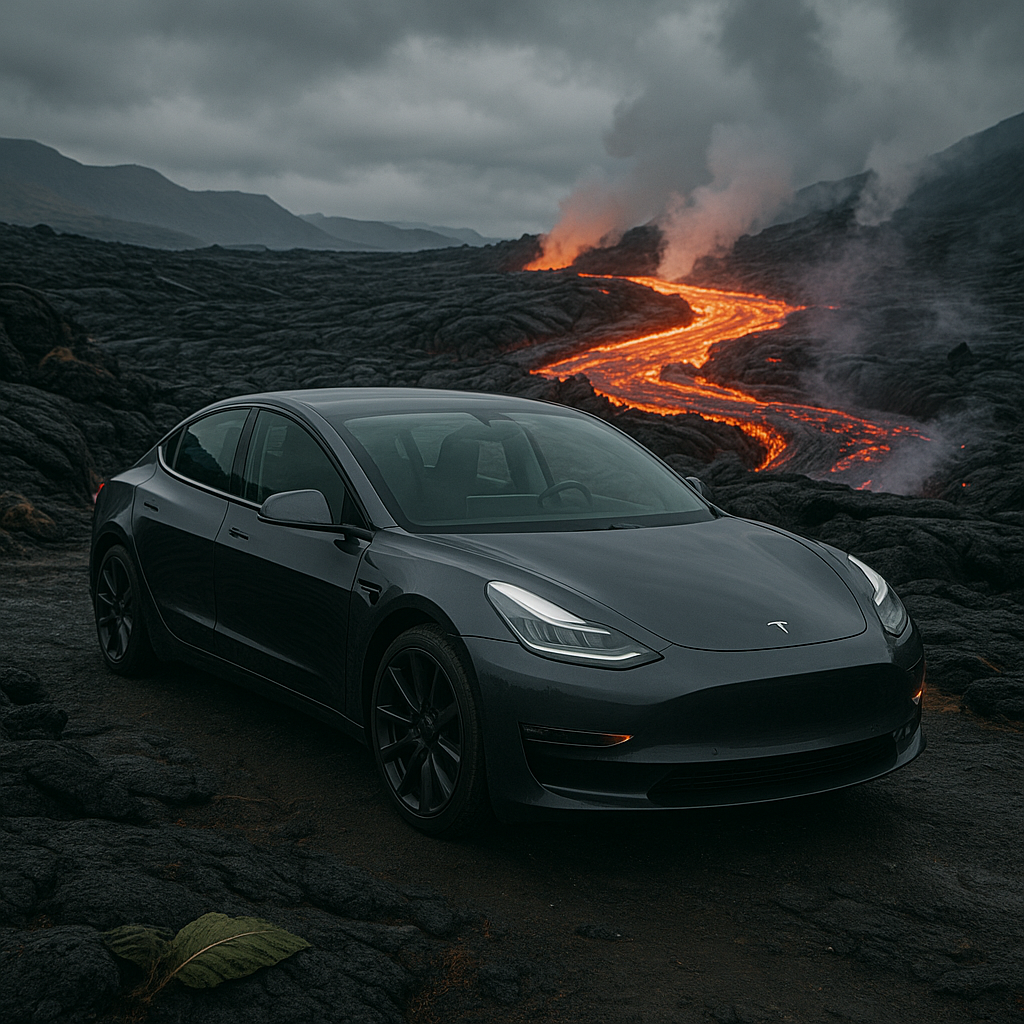
Let’s keep it simple. Most modern EVs will get 15–25% less than their rated range in daily driving, especially if you’re mixing city and highway.
For example:
- Tesla Model Y Long Range: Rated ~330 miles → Real world: around 270
- Hyundai Ioniq 6: Rated ~360 miles → Real world: 300-ish
- Ford Mustang Mach-E: Rated ~290 miles → Real world: closer to 240
- Nissan Leaf: Rated ~210 miles → Real world: around 180
Not bad. But not the showroom fantasy either.
And in the winter? Knock off another 20–30% if it’s really cold out.
📱 EV Range Is a Vibe, Not a Guarantee
Here’s something a lot of new EV drivers don’t realize: the range number on your dash is more like a guess based on your recent driving behavior.
So if you’ve been racing around or blasting the AC, the car assumes, “Oh, I guess this is what we’re doing now,” and lowers the range estimate.
It’s like your battery is giving you a slightly judgmental side-eye.
That’s why sometimes you’ll drive 10 miles but your range drops by 25. And sometimes you’ll coast for 20 miles and barely see the number move.
⚡ Real Tips for Getting the Most Out of Your Battery
If you want to stretch your EV’s legs and go further on a charge, here are some easy things you can do:
- Drive chill. Smooth acceleration and consistent speed go a long way.
- Use cruise control on highways. Keeps your speed steady and your battery happy.
- Precondition your car. Warm it up while plugged in, especially in winter.
- Check tire pressure. Low tires = more resistance = less range.
- Use seat heaters instead of blasting cabin heat.
- Lose the roof box (unless you actually need it). It kills your aerodynamics.
- Take advantage of regen braking. Especially in city traffic—every stop recharges your battery a bit.
👀 What Other Drivers Are Saying
Here’s what some real EV owners shared:
Jamie, drives a Tesla Model Y:
“I thought I could do Denver to LA in one go. Nope. Took me 6 charging stops. Google doesn’t account for charging. Plan ahead.”
Carlos, Ford Mach-E owner:
“My wife and I fought in a Supercharger parking lot. We planned poorly. The car was fine—it was us that weren’t ready.”
Jess, Rivian R1S camper:
“Drove out to the woods with 18% battery left. I made it. But I also had one bar of cell service, and I’ve never sweated so much in my life.”
There’s a theme here: plan your charging. Apps like PlugShare, ABRP (A Better Route Planner), and your EV’s native nav system can help you find chargers and estimate realistic arrival ranges.
🧓 And What About the Gas Car Folks?
You know someone will say it. Maybe a family member. Maybe your neighbor while you’re plugging in:
“So… how’s that battery life treating you? Miss gas yet?”
It’s always said with a little smugness.
But they’re not thinking about the fact that you start every morning with a full “tank” without going anywhere. No gas station trips. No oil changes. Just quiet power, ready to roll.
And yeah, you may need to plan your trips more. But when everything clicks, and you’re driving down the road in silence with zero emissions… it kind of feels like the future. ✨
📍 So, Really—How Far Can You Go?
Here’s the final word:
- You’ll probably get around 240–320 miles on a full charge, depending on your EV and conditions.
- In summer? You’ll be happier.
- In winter? You’ll need to plan better.
- If you drive like a normal person and not a race car driver, you’ll get better range.
- And yes, sometimes EV life is a little unpredictable.
But if you embrace it—learn how your car behaves, use the right apps, and charge smart—driving an EV becomes something better than gas.
It becomes a little adventure. Every day.
